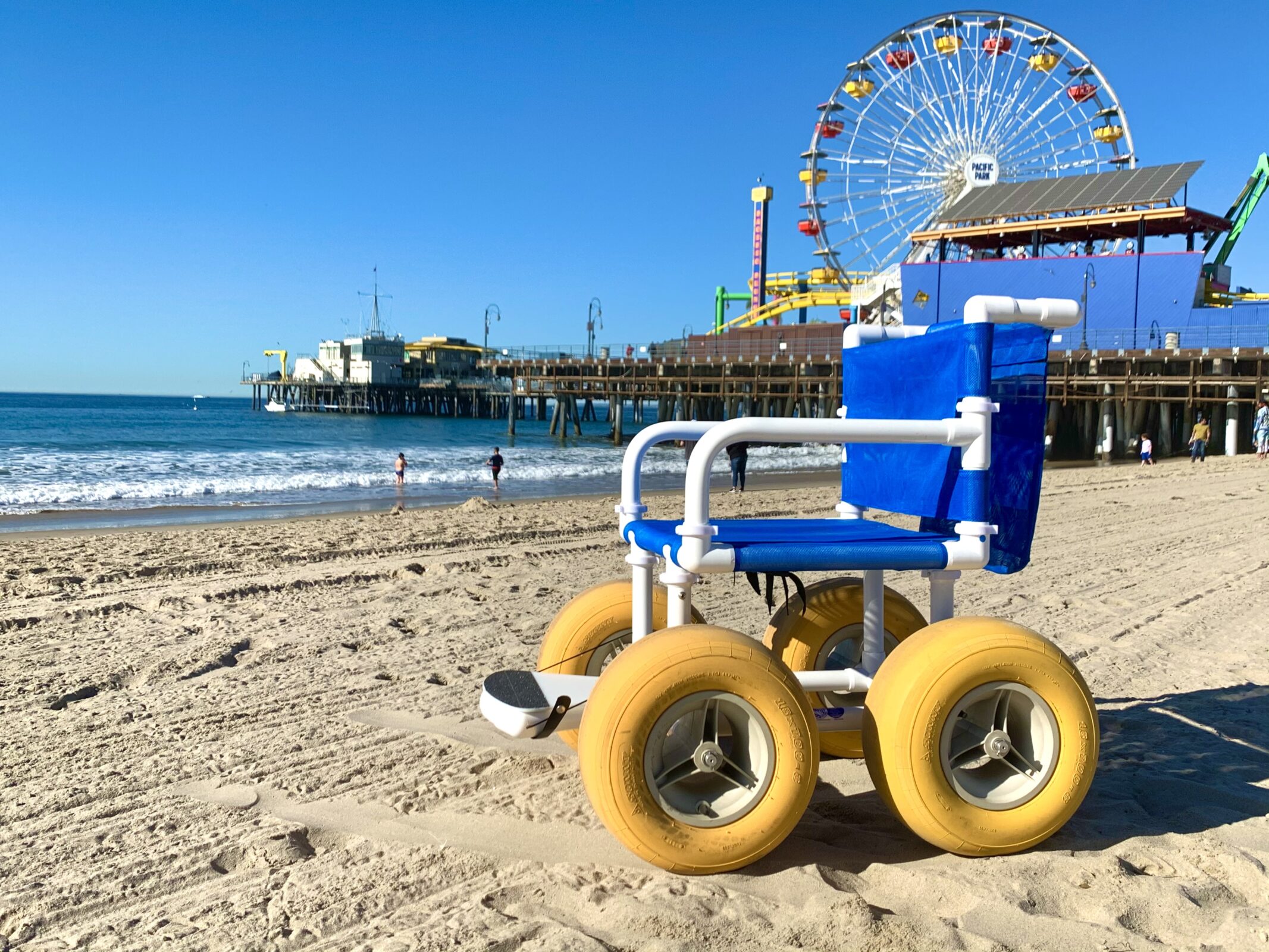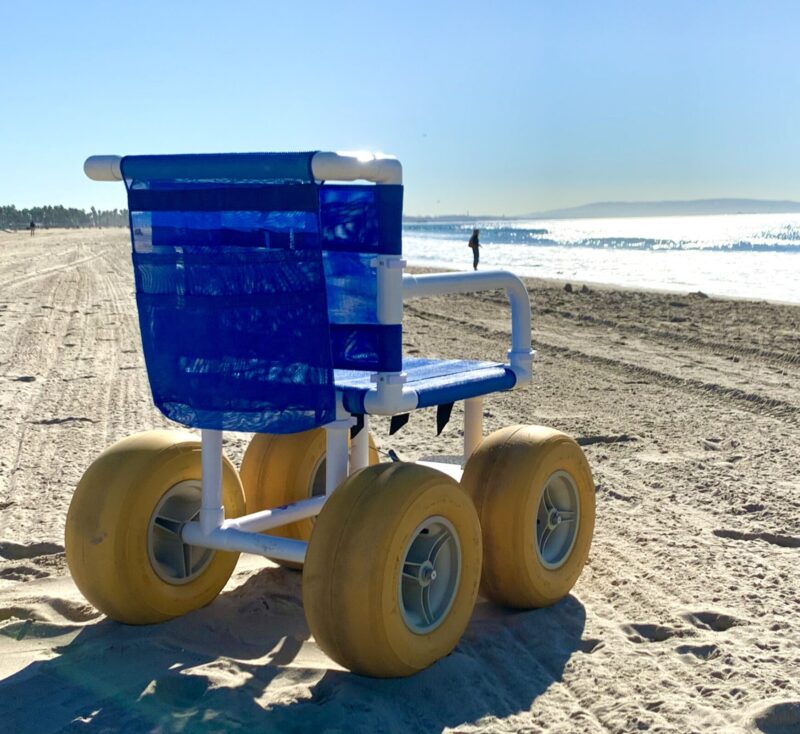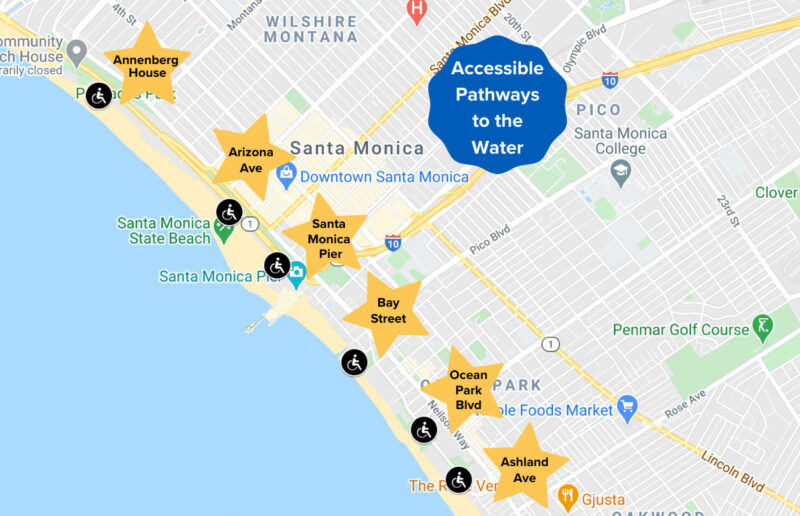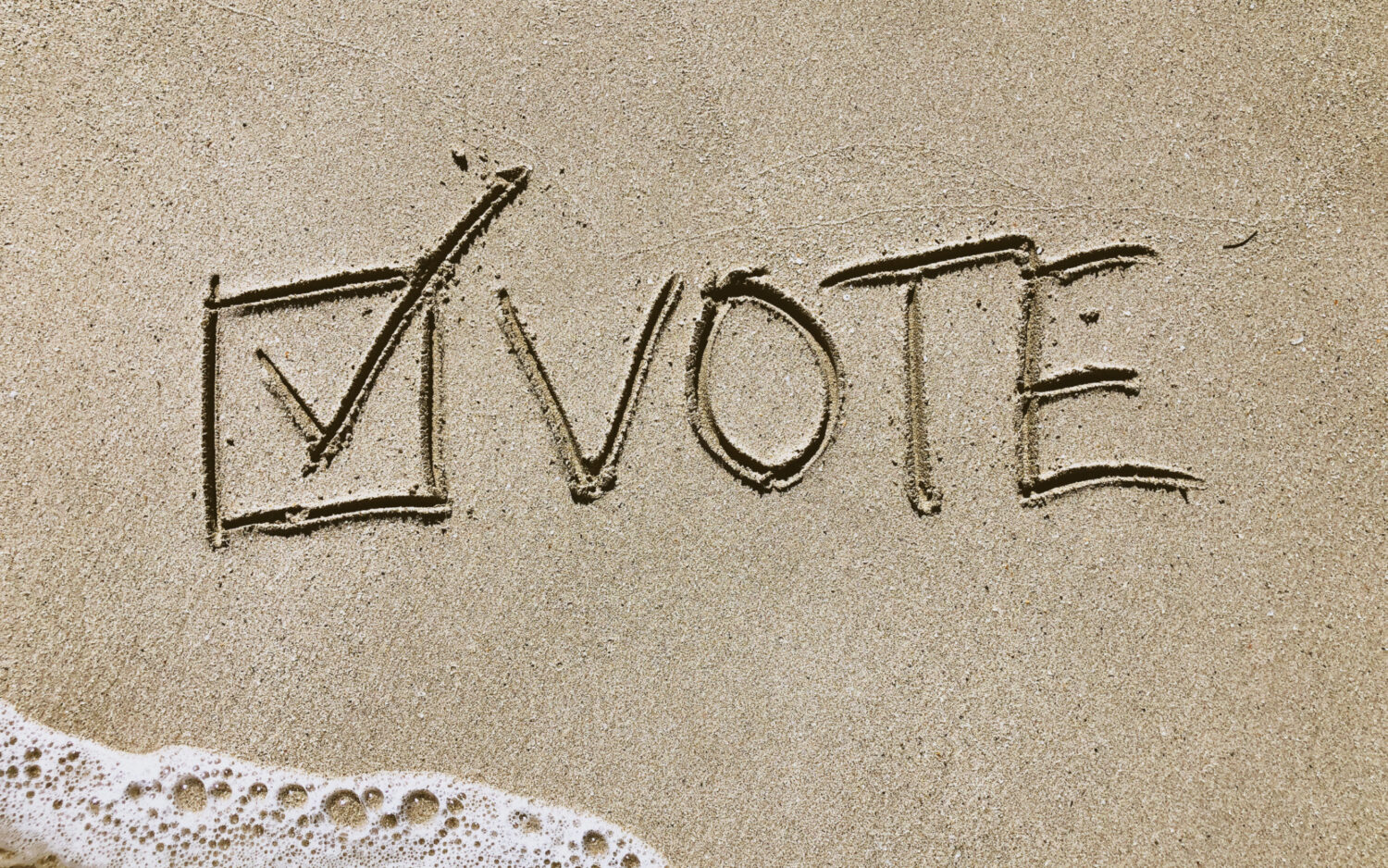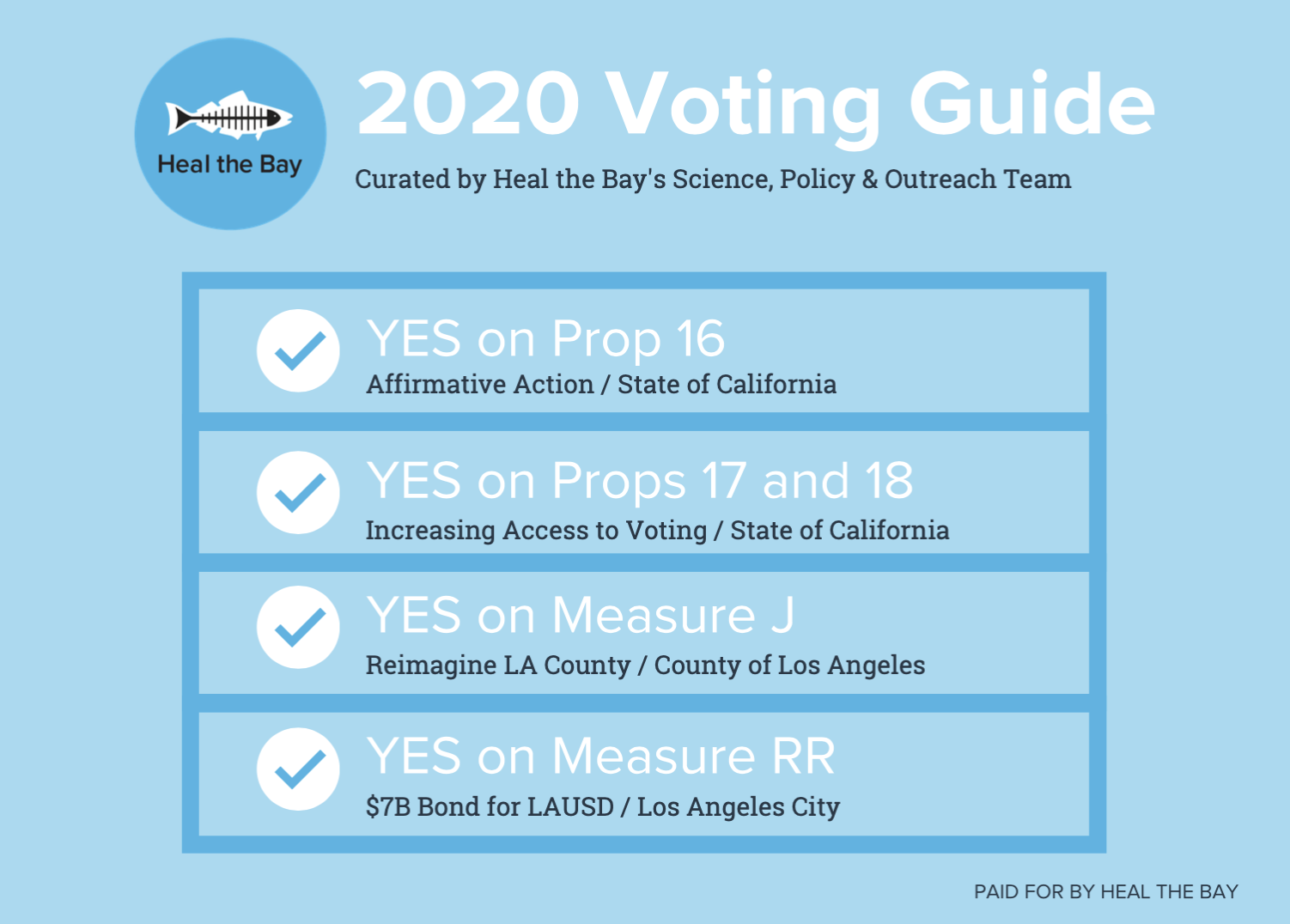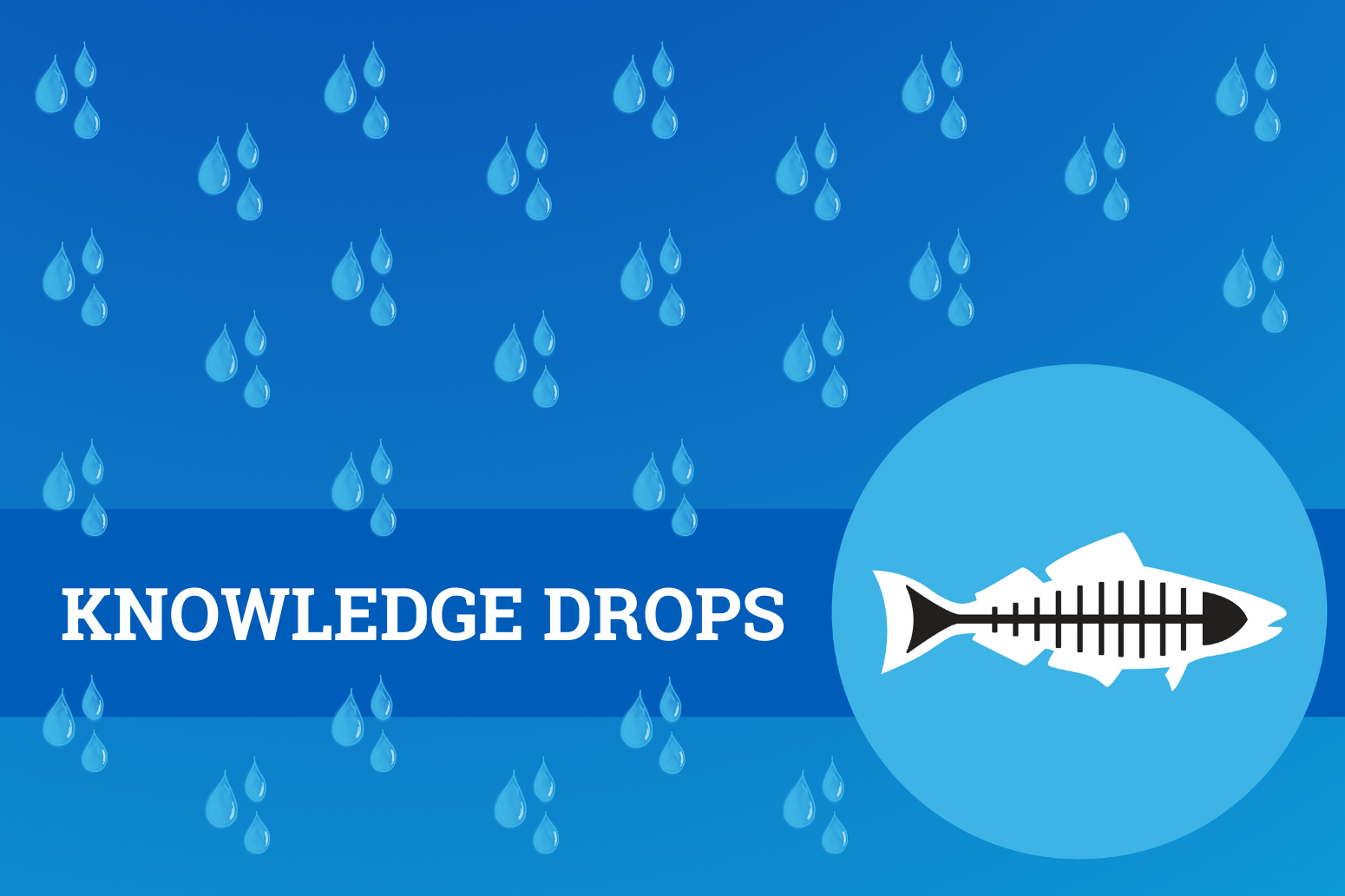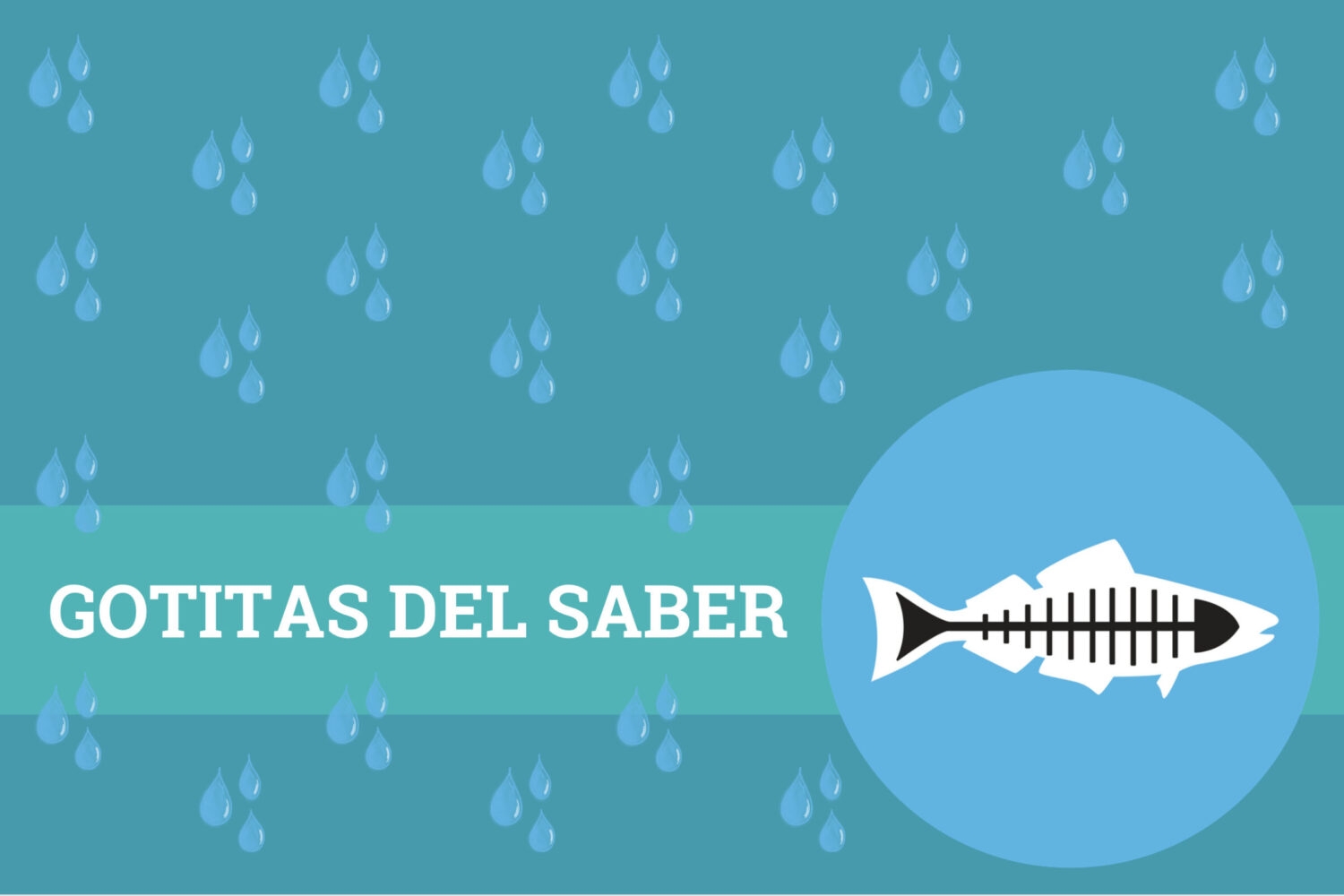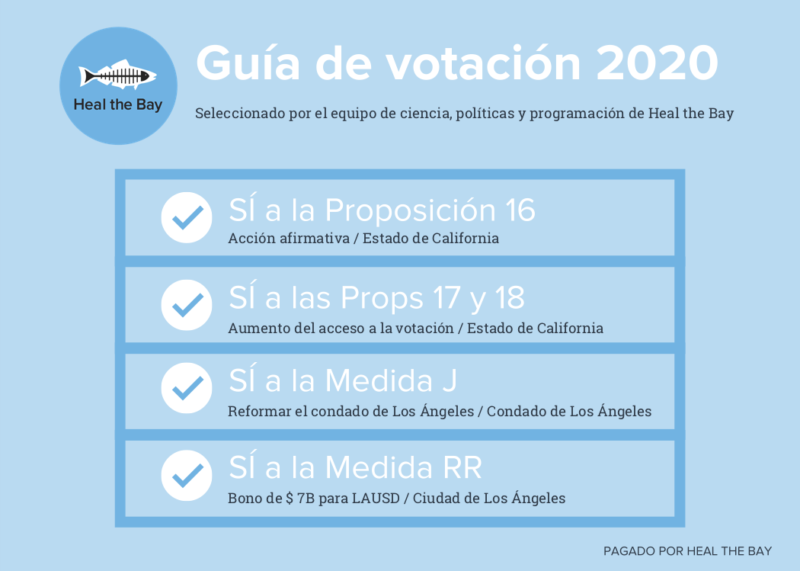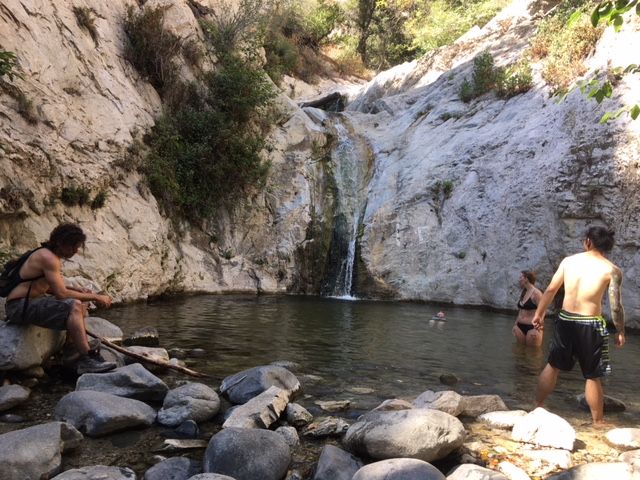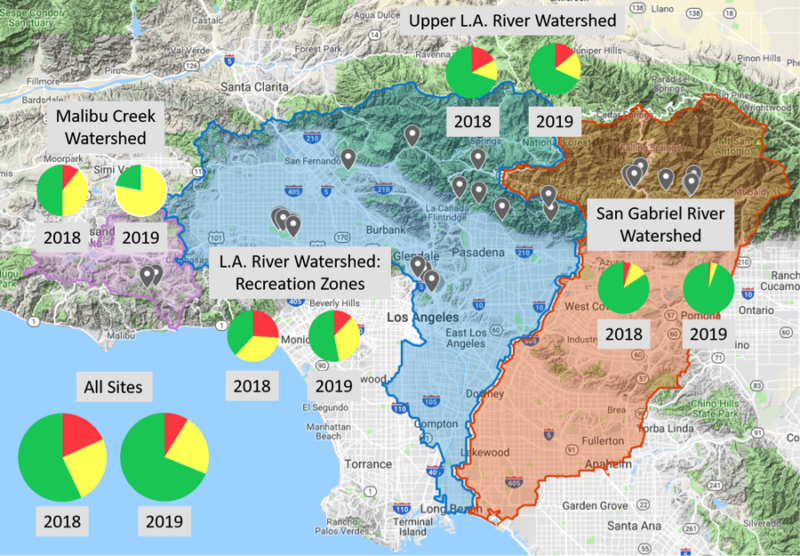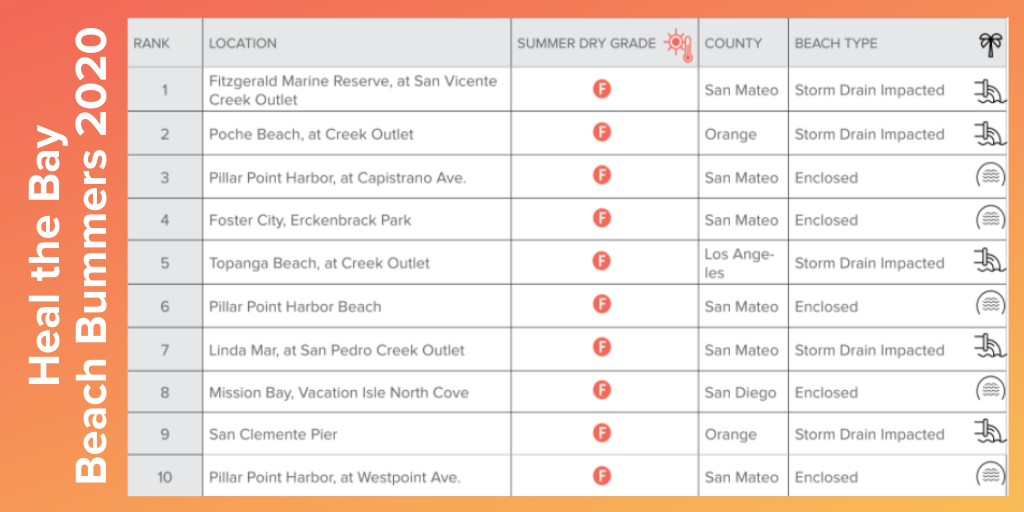
2020 was a long and difficult year. At times it felt like we were going backwards. In this 2-part series, our Science and Policy team highlights some forward-moving progress and setbacks on the environmental policy front in California. We review our wins in Part 1 below, and in Part 2 we reflect on policies woes from the past year.
2020 was tough. Systemic racism and environmental injustices continue to disproportionately impact BIPOC communities. More prevalent media coverage has elevated this painful reality, and as a nation, as organizations, and as individuals, many of us have challenged ourselves to do better. Despite this awakening, injustices remain, the climate crisis is escalating, and we’re struggling to maintain our day-to-day lives in the face of a new global public health pandemic with the spread of COVID-19.
Even as these crises rage on, the wheels of government keep turning to address ongoing environmental issues, and Heal the Bay’s Science and Policy team has done its best to keep up. Let’s take a few minutes to highlight three environmental policy wins from 2020.
Statewide Toxicity Provisions
After nearly two decades, the State Water Board adopted Toxicity Provisions in December, establishing an approach using Whole Effluent Toxicity (the collective adverse effect on aquatic life from all pollutants contained in wastewater) as a numeric limit with a clear pass/fail result. Toxicity testing provides an important back-stop to detect harmful conditions caused by chemicals and chemical mixtures that aren’t otherwise tested like new pesticides, household chemicals, pharmaceuticals, etc.
Heal the Bay has been waiting for this since 2003. We even released a report in 2009 on the impacts of not including numeric toxicity limits in permits. In 2014, our Los Angeles Regional Board took a prudent step forward by adopting the use of numeric toxicity limits in local permits, creating momentum for the State Board to follow suit. We’re excited to finally see the adoption of these Provisions, though we did make a few concessions over the years. For example, these Provisions apply only to non-stormwater permits; however, thanks to our advocacy work alongside our partners at the California Coastkeeper Alliance, the State Board committed to starting on stormwater toxicity requirements next.
Biological Objectives
The San Diego Regional Water Board became the first region in CA to adopt Biological Objectives for streams using numeric water quality standards for the biological community of a stream (based on the benthic macroinvertebrate community) in December. The Clean Water Act’s objective is to “restore and maintain the chemical, physical, and biological integrity of the Nation’s waters,” but until now, implementation has focused solely on chemical integrity. Biological Objectives tell a meaningful and comprehensive story about the stream’s water quality, habitat, and biota. Unfortunately, these objectives do not apply to concrete lined streams; however, while not perfect, this is a big step forward.
Heal the Bay advocated for the San Diego Biological Objectives alongside our partners at San Diego Coastkeeper and LA Waterkeeper. With this momentum from the San Diego region, we also advocated for the LA Regional Water Board to adopt their own Biological Objectives. We were thrilled to see a data project related to Biological Objectives make the Los Angeles Regional Board’s priority list this year! We will continue to work with our NGO partners and the Regional Board staff to move this effort along.
Safe, Clean Water Program Implementation
The Los Angeles County Board of Supervisors approved over $95 million in new investments under Measure W (the Safe, Clean Water Program) in October. The nine Watershed Area Steering Committees (WASCs), which each include five community representatives, have been working diligently all year to determine where and how funds should be spent. This first round of funding was approved for each WASC to hire Watershed Coordinators, and for the Program to fund 41 infrastructure projects, 15 technical assistance projects, and 4 scientific studies.
Heal the Bay, as a core team member of the OurWaterLA Coalition, has been involved in this program since its inception. We have engaged with the public and met with County staff to help ensure that the goals of the Program are met, while our President and CEO, Shelley Luce oversaw progress as Co-Chair of the Regional Oversight Committee. Heal the Bay has been selected as the Watershed Coordinator for the South Santa Monica Bay. We will lead public engagement efforts in this area for the Safe, Clean Water Program, and coordinate across the county with all 12 Watershed Coordinators. We also applied to be Watershed Coordinators for the Central Santa Monica Bay watershed area – the final decision for that position will be determined within the next few weeks.
Mikaela Loach reminds us all that “we have a lot of power to make changes to these [problematic] systems.” And so we urge you to advocate with all your might for good policies and the systemic changes we need. As hard as we fight, there will be setbacks. Read Part 2 to learn about three environmental policy woes in 2020.



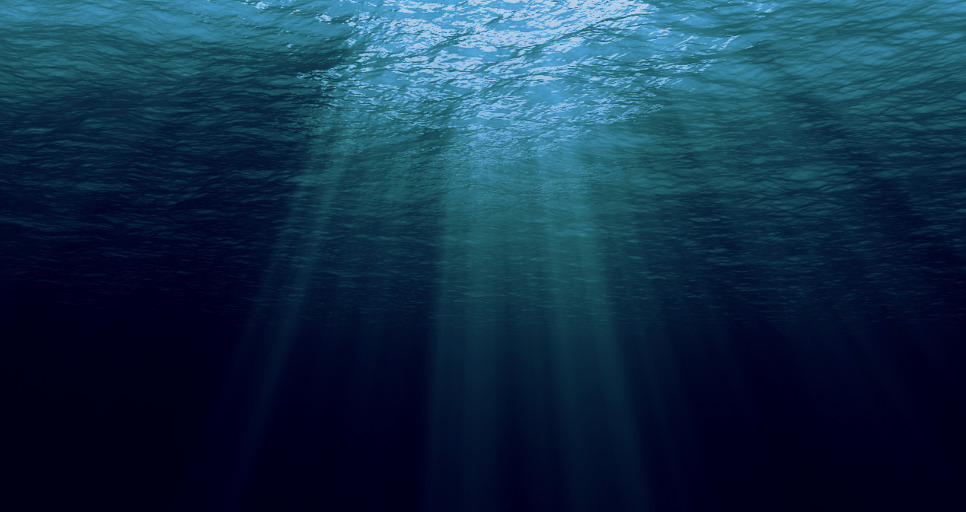
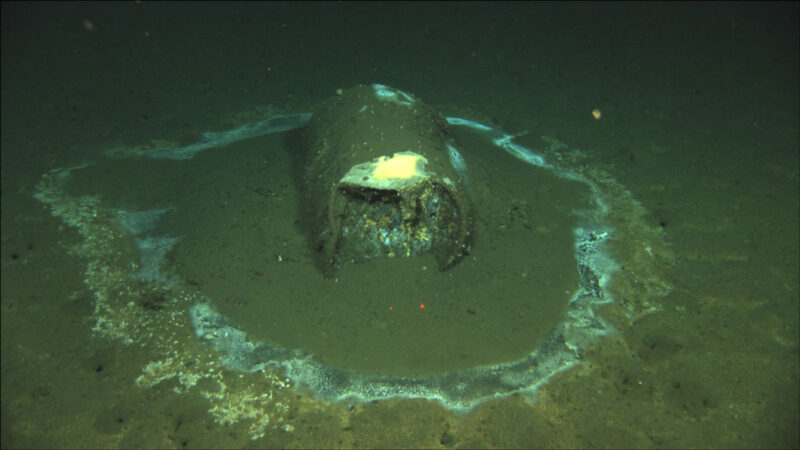 Foto de LA Times, David Valentine, ROV Jason
Foto de LA Times, David Valentine, ROV Jason